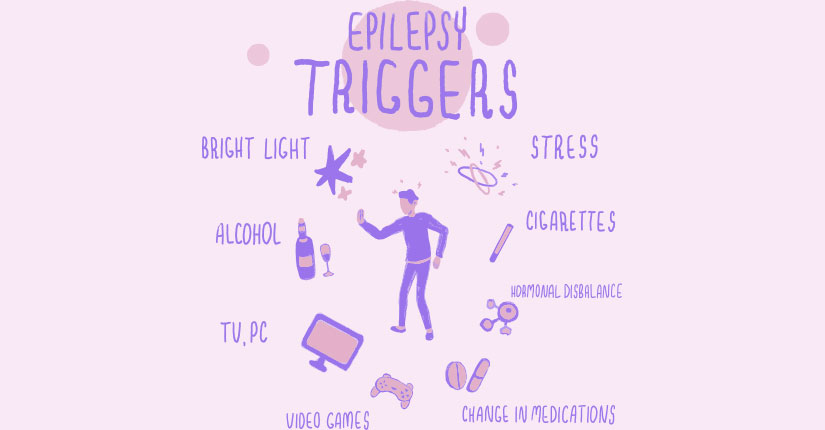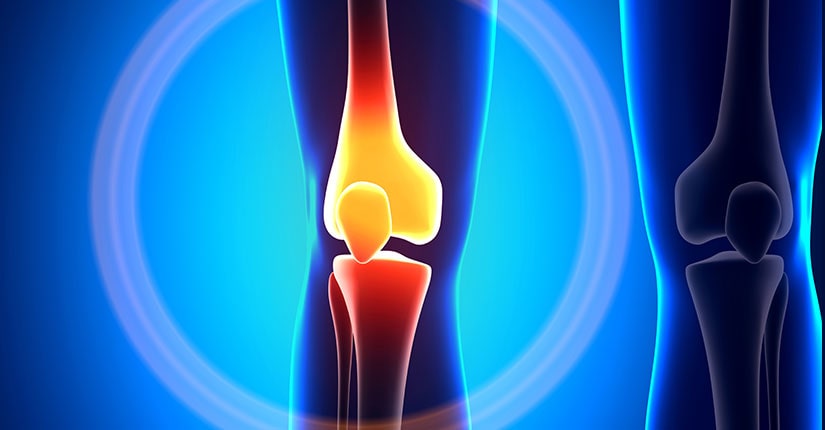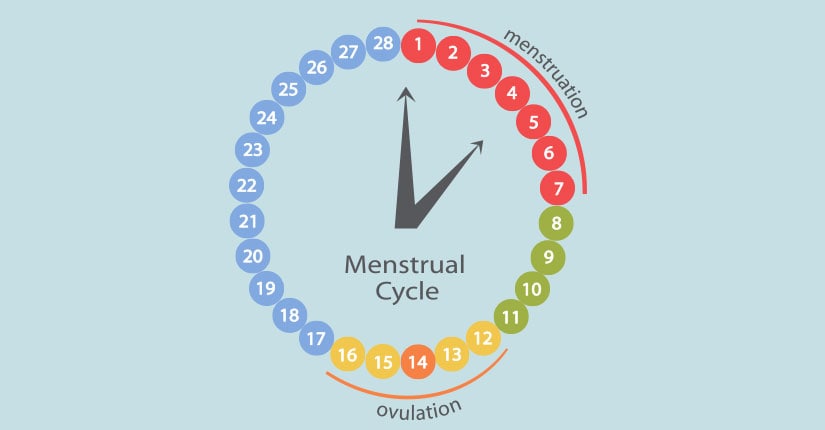What is Flight or Fight Mode- All You Need to Know
By Nmami Life Editorial 24-Nov 2020 Reading Time: 4 Mins

The fight-or-flight response or the acute stress response is a physiological reaction that occurs in response to an anticipated harmful event, attack, or threat to survival. During any alarming situation, certain hormones are discharged in the body which helps in prompting the fight and flight response. These hormones together work to develop your response i.e., your way of tackling a frightening situation. The functions of this response were first interpreted in the early 1900s by an American neurologist and physiologist Walter Bradford Cannon.
What happens exactly?
When danger is anticipated, the sympathetic nerve fibres of the autonomic nervous system are activated. This directs the release of certain hormones from the endocrine system. The fight or flight response is characterised by an increase in the heart rate, anxiety, or tremors. When the situation gets familiar, a relief response is initiated in the body which nearly takes 20-60 minutes for it to come back to its pre-arousal levels.
The physical signs that can demonstrate the fight-or-flight response have kicked in include:
- Dilated pupils.
In the time of a threat, the body readies itself to be conscious of its surroundings. Hence, the dilation of the pupils allows more light into the eyes resulting in a better vision of the surroundings.
- Increased heart rate and breathing:
To provide the body with the energy and oxygen required to fuel an immediate response to any threat, heartbeat and respiration rate increases.
- Pale skin.
Blood flow towards the muscles, brain, legs, and arms increases, while towards the surface of the skin, it decreases. The body’s blood clotting ability is also boosted to prevent superfluous blood loss in case of an injury.
Why is it essential?
The fight or flight response is essential to determine how do you deal with a stressful or dangerous environment. This response can be triggered in both, imaginary and real circumstances. By preparing your body for action, one tends to perform better under pressure.
How can you deal with it?
If you think your response is overactive, here are a few things that can help:
Relaxation techniques.
By indulging into activities that promote relaxation, you can counteract the stress response. Try to include some yoga, prayer, meditation, focusing on a calming word, and deep abdominal breathing. Do it regularly to witness changes.
Physics activity.
Daily physical activity can reduce stress response as it decreases stress hormones, including adrenaline and cortisol, increases endorphins, improves calmness, and promotes better sleep.
Over to you.
The fight or flight response is triggered by psychological fears. It is a built-in defence mechanism, but if you have a history of trauma or anxiety, you might overreact to non-threatening situations as well. Consult a professional or try the above-mentioned techniques to make it better.


















